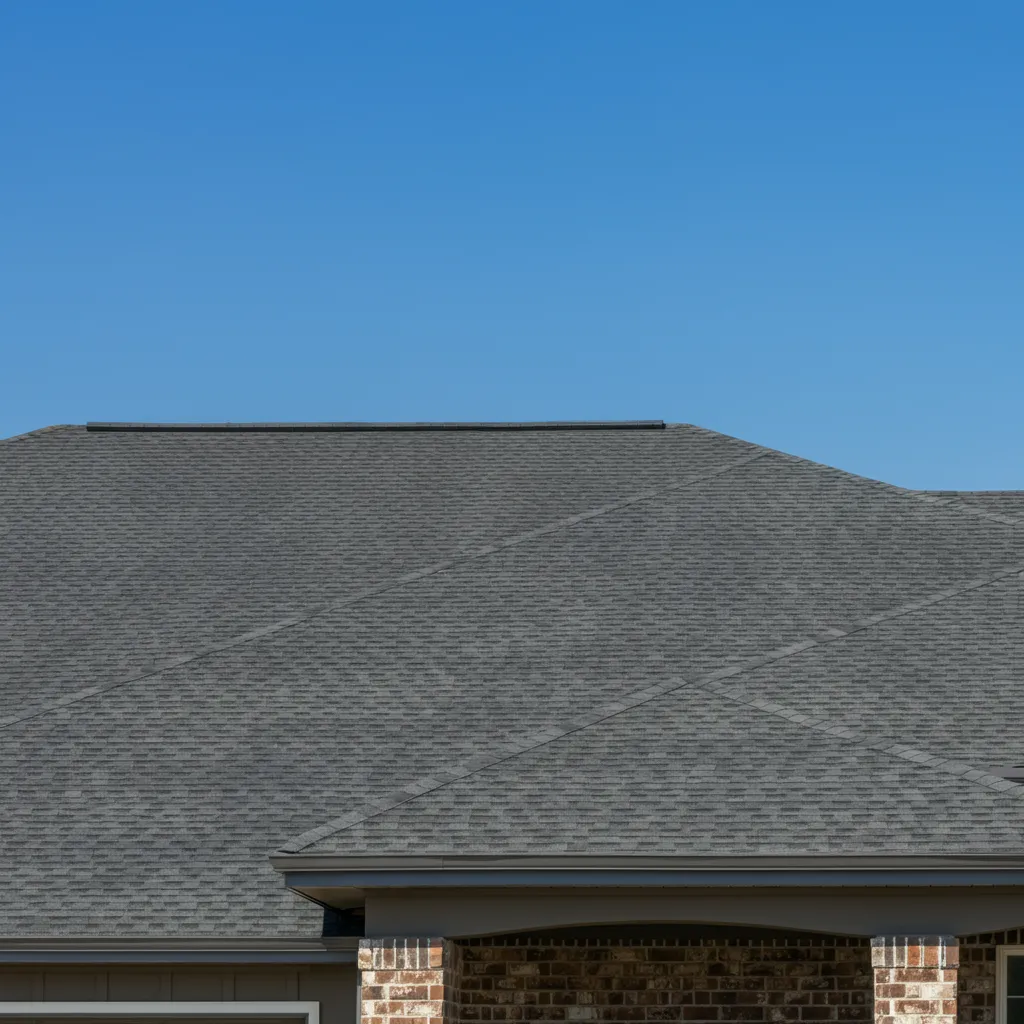
Low-pitch roofs present unique challenges when it comes to selecting roofing materials that combine durability and functionality with aesthetic appeal. Whether you’re a homeowner evaluating options, a roofing contractor advising clients, or a building professional seeking the most effective solutions, understanding the best shingles for low-pitch roofs is essential.
In this guide, we’ll break down the top shingles for low-pitch roofing, their advantages, and considerations to help you make an informed decision. Plus, we’ll provide tips for ensuring your shingle choice performs optimally over time.
What Is a Low-Pitch Roof?
Before we get to shingles, it’s essential to define what qualifies as a low-pitch roof. Roof “pitch” refers to the steepness or angle of a roof, expressed as a ratio of the roof’s vertical rise to its horizontal span (e.g., “4/12”). A roof is considered low-pitch if it has a pitch less than 4/12—or in simpler terms, it rises less than 4 inches vertically for every 12 inches of horizontal length.
Low-Pitch Roof Challenges
Low-pitch roofs have a slower water runoff compared to steep roofs, making them more susceptible to water pooling, leaks, and damage. Hence, having the right shingles that offer excellent water resistance and durability is crucial for long-lasting performance.
Factors to Consider for Low-Pitch Roof Shingles
Low-pitch roofs demand careful consideration of roofing materials due to their unique drainage challenges. Here’s what to look for when narrowing down your shingle options.
1. Waterproofing and Weather Resistance
Since water tends to drain more slowly on low-pitch roofs, shingles for this application should prioritize waterproofing. Check for shingles designed to resist leaks and block water infiltration – essential for protecting the interior of the building.
2. Material Durability
Low-pitch roofs may endure more wear due to water pooling and debris accumulation. Durable materials, such as asphalt or metal shingles, are key for withstanding environmental factors.
3. Roofing Underlayment
A quality underlayment provides an additional waterproof layer beneath the shingles. For low-pitch roofs, underlayment like ice-and-water shield membranes is a must for combating leaks.
4. Energy Efficiency
Depending on climate, shingles with reflective properties can help deflect sunlight and reduce cooling costs during hotter months. A cool roof option might save energy while keeping temperatures comfortable.
5. Manufacturer Warranties
Not all shingles are created equal, nor are their warranties. Look for options with extended warranties specifying their suitability for low-pitch roofs.
Top Shingles for Low-Pitch Roofs
Now that we’ve covered what to consider, here’s a closer look at the best shingles for low-pitch roofing applications.
1. Architectural (Dimensional) Asphalt Shingles
Why Choose Them? These shingles are a popular choice due to their durability, affordability, and versatility. Unlike traditional 3-tab shingles, architectural shingles offer better weather resistance and longevity.
- Water Resistance: Advanced designs shed water more effectively.
- Lifespan: Typically lasts 25–30 years with proper maintenance.
- Aesthetic Appeal: Available in a variety of colors and textures to complement different home styles.
Recommended Product: GAF Timberline HDZ – These shingles feature advanced adhesive technology and a wide nailing zone, ensuring durability on low-pitch applications.
2. Modified Bitumen Shingles
Why Choose Them? Modified bitumen is a popular option for flat and low-slope roofing but can also be adapted for low-pitch residential roofs.
- Durable Layers: Multiple layers offer improved waterproofing.
- Seamless Installation: Overlapping seams reduce the risk of leaks.
- Affordability: Cost-effective for budget-conscious homeowners.
Recommended Product: CertainTeed Flintastic – Combines modified bitumen technology for low slopes with a range of colors and styles.
3. Metal Shingles
Why Choose Them? Few options rival the durability and longevity of metal roofing. Metal shingles are especially effective for low-pitch roofs in areas prone to heavy rain or snow.
- Water Runoff: Metal’s smooth surface allows efficient water drainage even on low slopes.
- Longevity: Often lasts 40–70 years or more.
- Eco-Friendly: Often made from recycled materials and 100% recyclable at the end of their life.
Recommended Product: DECRA Stone-Coated Metal Shingles – Offers exceptional durability and weather resistance while mimicking the appearance of traditional shingles.
4. Synthetic Shingles
Why Choose Them? Synthetic (or composite) shingles combine the appearance of natural materials—like slate or wood—with enhanced durability and reduced weight.
- Weather Performance: Resistant to water, wind, and UV rays.
- Lightweight: Reduces structural stress on the roof.
- Aesthetic Variety: Mimics high-end roofing styles without the cost.
Recommended Product: DaVinci Roofscapes’ Composite Shingles – Lightweight, eco-friendly, and highly durable, making them an excellent option for low-pitch applications.
Installation Tips for Shingles on Low-Pitch Roofs
Even the best shingles need proper installation to maximize their effectiveness. Follow these tips to ensure your low-pitch roof is protected for years.
Use Enhanced Underlayment
Install an ice-and-water shield across the entire surface of the roof for an added layer of waterproofing.
Implement Proper Ventilation
Improper ventilation can trap moisture and heat, reducing the lifespan of shingles. Consider ridge vents or other solutions to improve airflow.
Avoid DIY Installations
Low-pitch roof installations are more technical than standard roofing. Always work with professional roofing contractors experienced in low-pitch applications.
Follow Manufacturer Guidelines
Adhering to the manufacturer’s installation instructions is crucial, especially for warranty compliance.
Why Choose the Right Shingle Matters
Selecting the right shingles for a low-pitch roof isn’t just about looks—it’s about functionality, protection, and long-term cost savings. Durability and waterproofing should be top priorities, as improper roofing materials can lead to frequent repairs or replacements. By investing in quality shingles and proper installation, you’ll safeguard your home or building while elevating its overall appeal.
Start Your Roofing Journey Confidently
Choosing the best shingles for your low-pitch roof can seem daunting, but with the right information in hand, you’re ready to make a smart, informed decision. Whether you’re a homeowner seeking a durable, attractive option or a contractor recommending materials to clients, the products and tips in this guide have you covered.
Still have questions about shingles or roofing installation? Contact a trusted roofing professional or supplier to explore your options and find solutions tailored to your needs.






